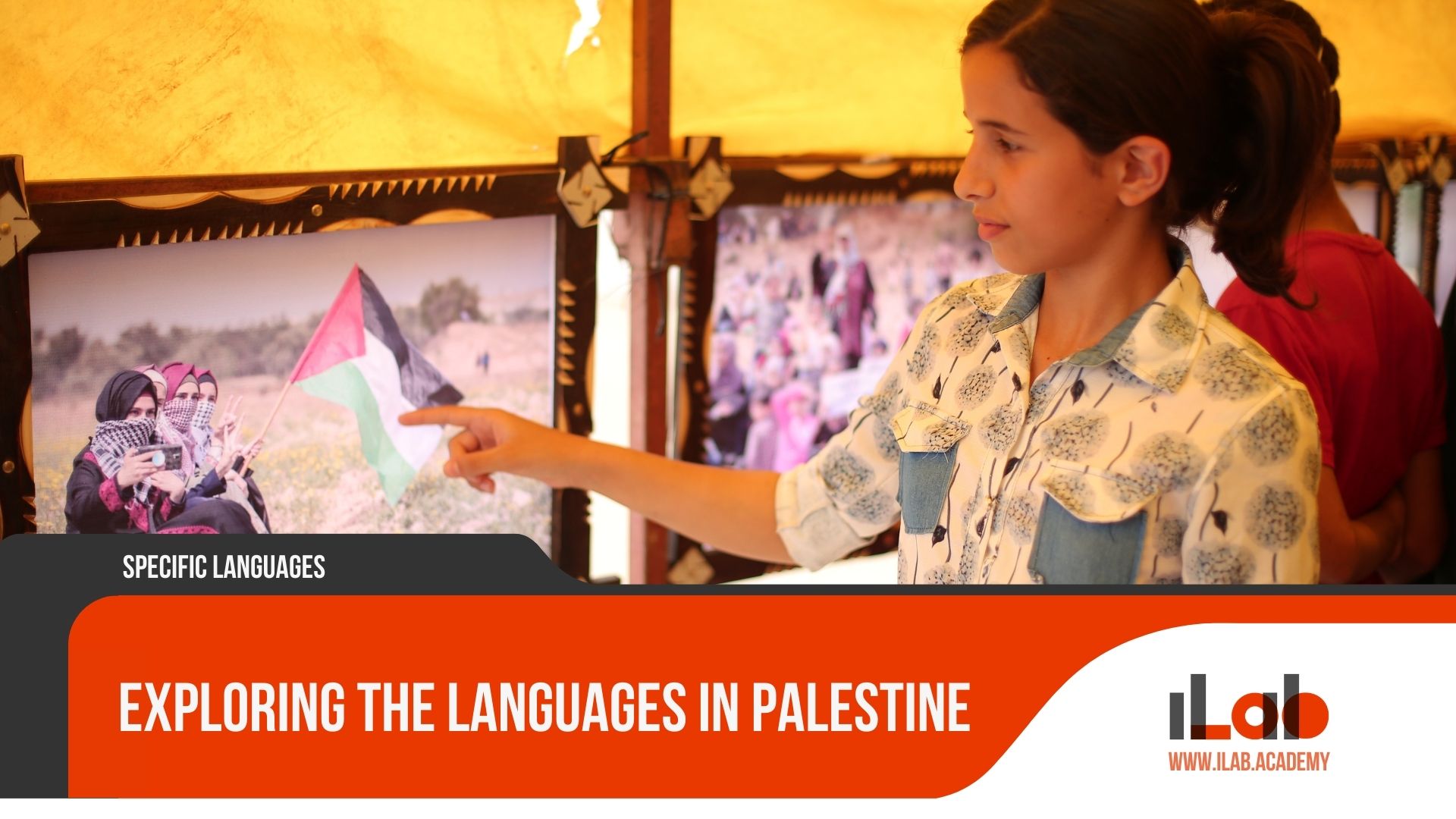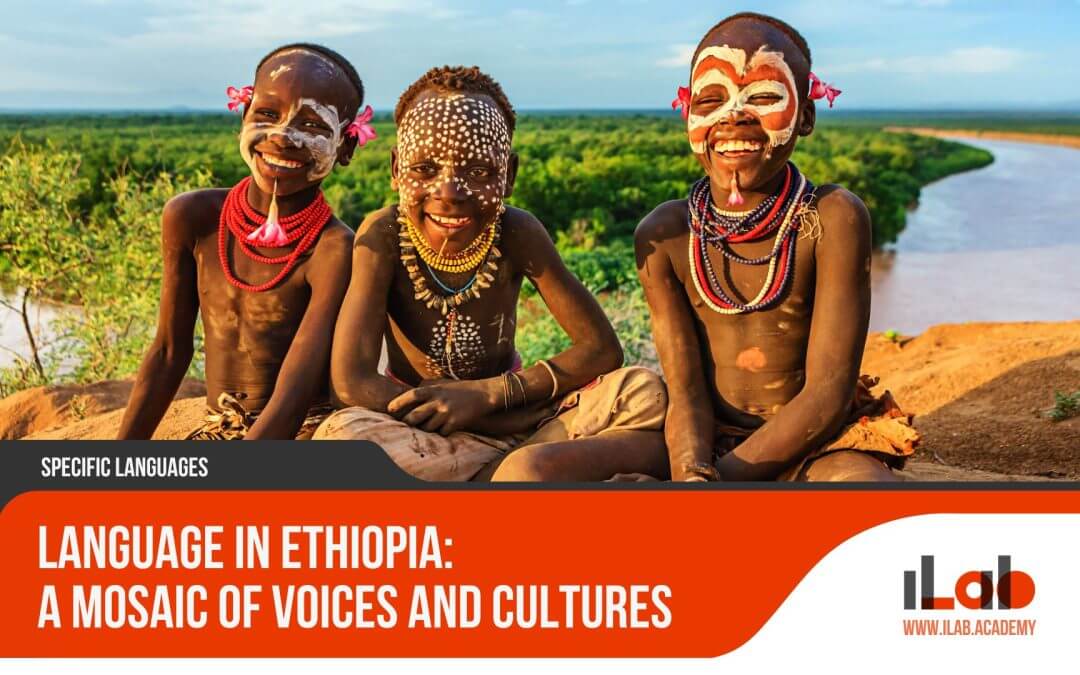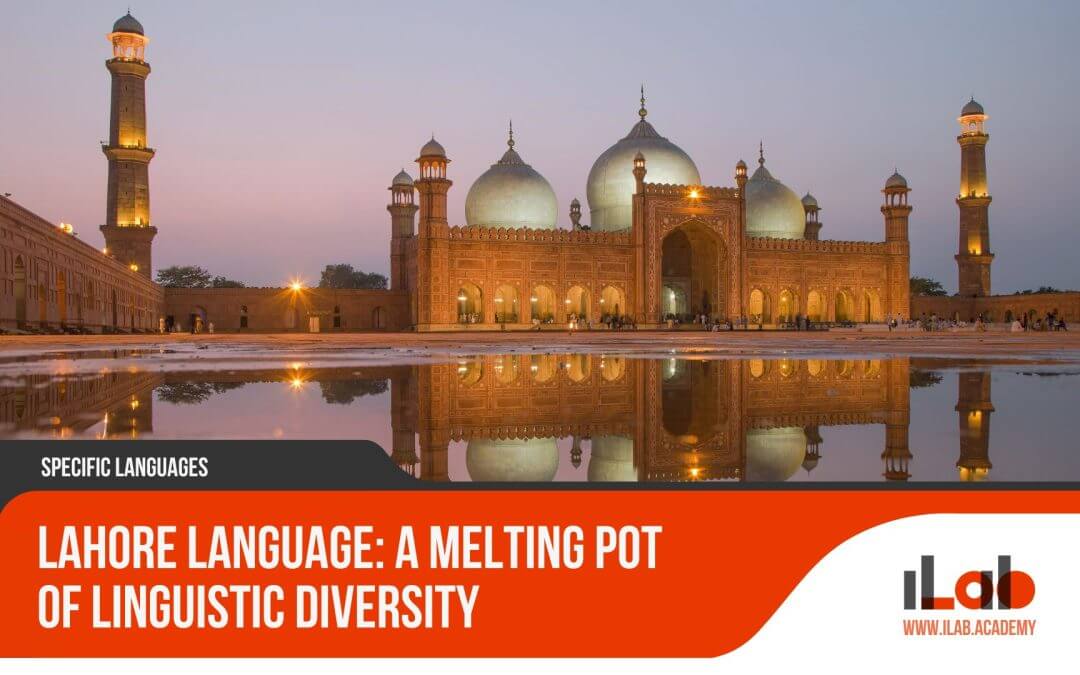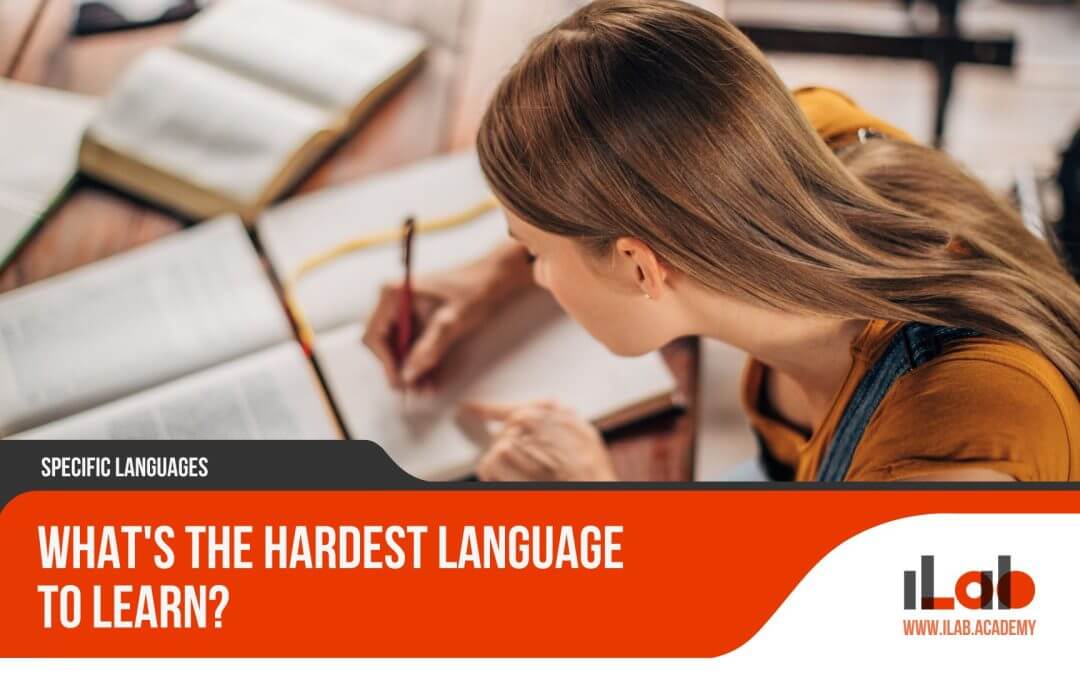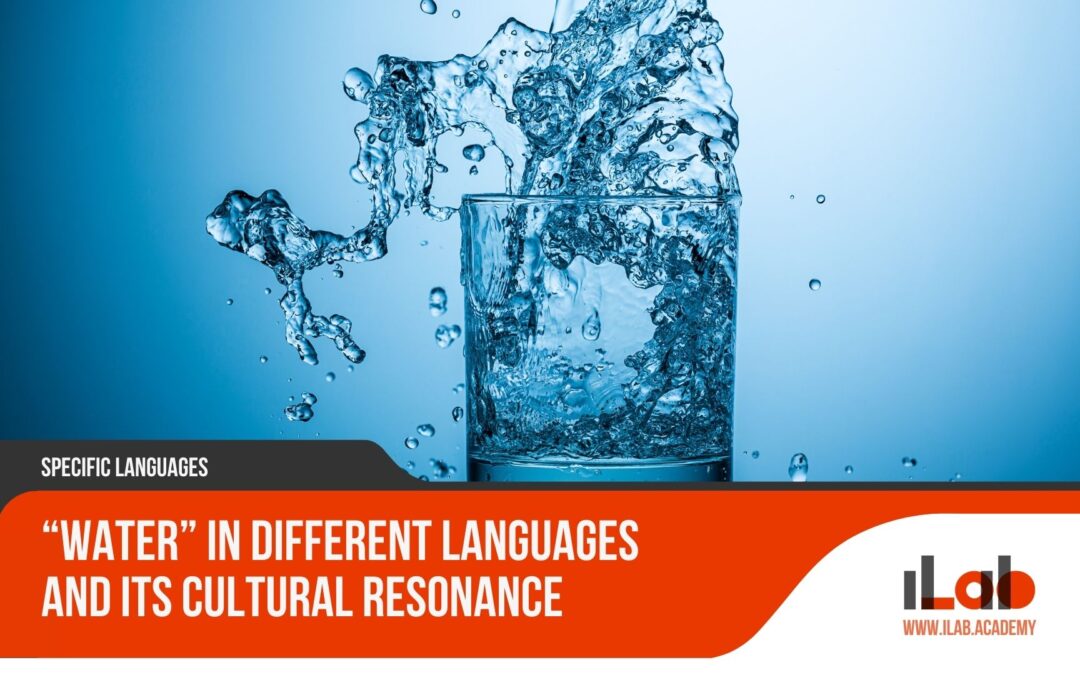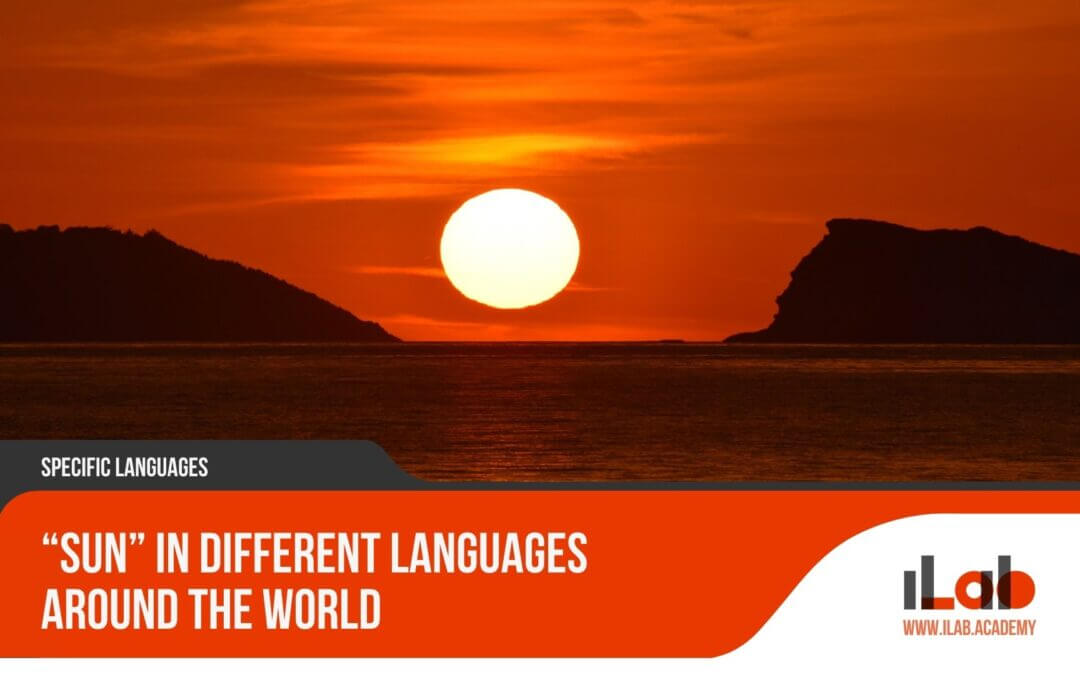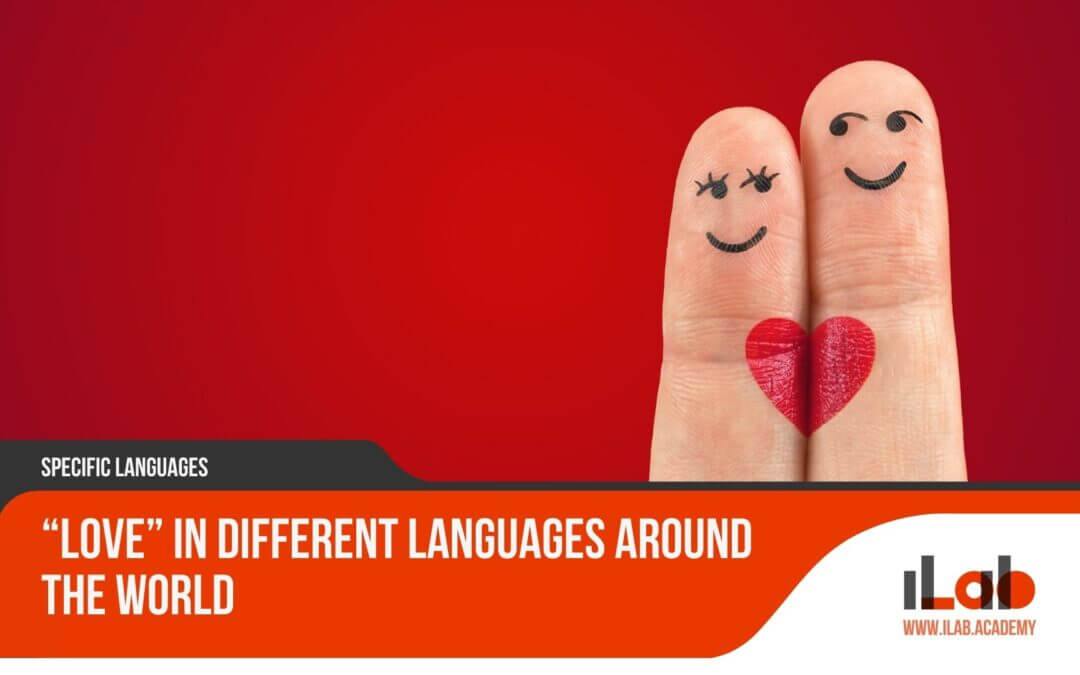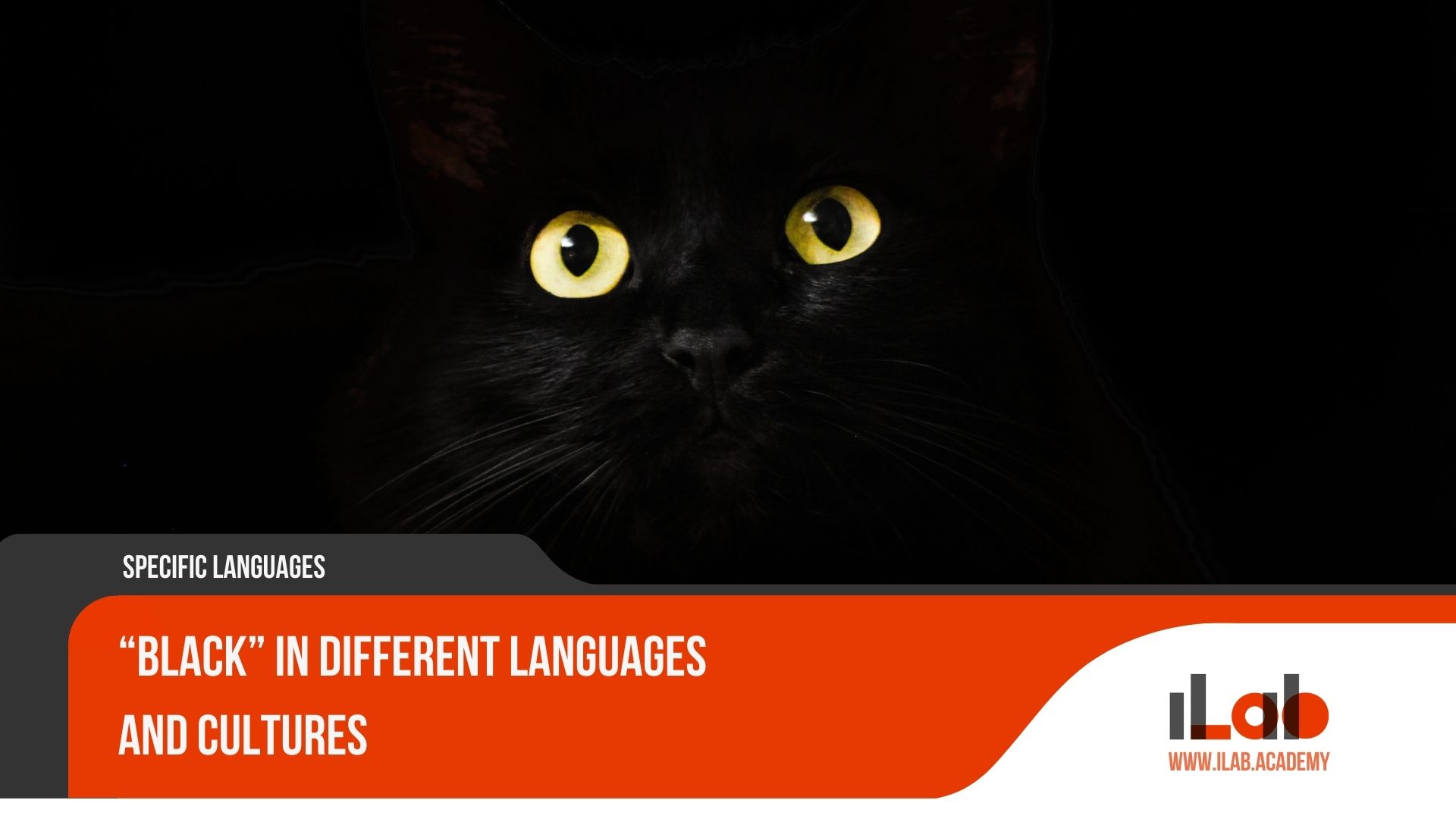Table of contents
The linguistic landscape of Palestine is a complex mosaic, reflective of the region’s tumultuous history and cultural diversity. As the cradle of several civilizations and the nexus of major historical events, the languages spoken within its boundaries tell a story that transcends mere communication. This discussion will explore the intricate interplay between Modern Standard Arabic—the official language—and its regional dialects that color daily life, set alongside the undeniable presence of Hebrew and its sociopolitical implications. We will also consider the roles of minority languages, the adoption of English in the context of education and international relations, and the impact of language policies on educational and cultural domains. As we scrutinize the multifaceted dimensions of Palestine’s linguistic identity, we uncover how the interwoven threads of language bear witness to the resilience and adaptability of its people. The question remains: how do these languages, in their symphony of expressions, contribute to the ongoing narrative of Palestinian identity and its place within the broader global context?
Key Takeaways
- Arabic, both Modern Standard Arabic (MSA) and Palestinian Arabic dialect, is the predominant language in Palestine, with MSA used in formal contexts and dialects used in day-to-day communication.
- Hebrew has a significant presence and influence in Palestine, shaped by historical events and the sociopolitical environment, but its role is controversial due to the Israeli-Palestinian conflict.
- Palestine is home to linguistic diversity, with ethnic and religious minorities speaking languages such as Aramaic and immigrants introducing foreign languages.
- English plays a growing role in Palestinian education and international interactions, impacting the linguistic repertoire of Palestinians, especially the youth.
The Predominant Language of Palestine: Modern Standard Arabic and Local Dialects
Modern Standard Arabic (MSA) serves as the official language of Palestine, while the local Palestinian dialects, infused with the rich tapestry of regional history and culture, are employed in everyday communication. MSA is used across the Arab world in formal settings, such as in media broadcasts, literature, and educational contexts. It is a modernized version of Classical Arabic, the language of the Quran, which lends it a significant cultural and religious prestige. The use of MSA in Palestine underscores a shared linguistic heritage with the broader Arab community, strengthening a sense of unity and identity.
In contrast, the Palestinian dialects of Arabic, which vary slightly from region to region, are the heart of daily life and interpersonal communication. These dialects bear marks of the area’s historical intersections with different civilizations and cultures, including influences from the Canaanites, Aramaeans, Byzantines, and Ottomans. The colloquial language is more than a means of expression; it is a repository of collective memory, social norms, and local wisdom.
The intimate relationship between Palestinians and their dialects is evident in the nuanced ways in which language reflects and shapes their reality. The Palestinian dialects accommodate a lexicon and a set of expressions unique to the Palestinian experience, often conveying sentiments and concepts intimately tied to their land, traditions, and the socioeconomic conditions they endure. Understanding this linguistic duality is essential for grasping the multifaceted identity of Palestine, where language is both a unifying force and a profound expression of local character.
Hebrew Influence in Palestine
Imbued with a history of conflict and coexistence, the Hebrew language exerts a significant yet complex influence on the linguistic landscape of Palestine. Hebrew’s presence in the region is not merely a reflection of proximity but also a testament to the intertwined histories and current political realities of the Israelis and Palestinians.
| Aspect of Influence | Description |
|---|---|
| Sociopolitical Dynamics | Hebrew’s use and recognition are shaped by the Israeli administration’s policies in certain areas of Palestine. |
| Daily Interactions | In business and daily life, especially in Jerusalem and areas close to Israeli settlements, Hebrew is commonly heard and used. |
| Education System | Some Palestinian schools, particularly in East Jerusalem, incorporate Hebrew into their curriculum, reflecting its practical necessity. |
The incorporation of Hebrew into the Palestinian vernacular, particularly in areas of close interaction with Israeli society, is reflective of the socio-economic demands and the realities of occupation. Palestinians navigating life in these contexts often learn Hebrew to facilitate employment opportunities, access services, and manage day-to-day activities that require cross-cultural communication. This bilingualism, however, is not without its controversies, as it is often seen within the broader context of the Israeli-Palestinian conflict, imbuing language with political significance.
The influence of Hebrew on the Palestinian linguistic identity is thus multifaceted. It serves as a tool for pragmatic communication, but it also carries the weight of political symbolism and resistance. Understanding this duality is crucial for anyone looking to grasp the complexities of language and identity in Palestine, where the sounds of speech are often interwoven with the threads of history and the echoes of ongoing strife.
Minority Languages and Communities in Palestine
The tapestry of languages within Palestine is enriched by the presence of minority tongues, such as Aramaic, which continue to be spoken by certain Christian communities, alongside various languages introduced by immigrants over time. These linguistic threads, although less prominent than Arabic and Hebrew, contribute significantly to the cultural mosaic of the region.
Aramaic, once the lingua franca of the Middle East, has dwindled to a minority language, yet it persists in pockets, particularly among Assyrian and Chaldean Christian groups. The language’s resilience lies in its liturgical use and its symbolic value as a link to ancient heritage. Additionally, the Samaritans, a small ethno-religious community, have preserved their ancient form of Hebrew, which they use primarily for religious purposes.
Immigration has introduced other languages to Palestine, including Amharic from Ethiopian migrants and Russian from Eastern European settlers. These languages are mainly used within their respective communities and seldom influence the broader linguistic landscape.
The presence of these minority languages reflects a history of cross-cultural interactions and migrations. However, their survival is often challenged by the prevailing dominance of Arabic and the political complexities of the region. Efforts to maintain these languages are hindered by limited resources and the need for younger generations to adopt more widely spoken languages for economic and social integration.
English and Multilingualism: Modern Education and Global Interactions
While minority languages in Palestine reflect its diverse cultural heritage, the increasing prominence of English in the educational system illustrates the broader linguistic shifts influenced by globalization and international exchanges. English is not just a subject in schools but a crucial medium through which students access higher education, scientific research, and global job markets. As a lingua franca, English opens doors for Palestinians to interact with the international community, whether for diplomatic, educational, or economic purposes.
The integration of English into the Palestinian education system responds to the demands of modernization and international communication. It allows Palestinians, especially the younger generation, to participate in global dialogues, access a wider range of information, and improve their prospects in an interconnected world. However, this has also raised concerns about the potential overshadowing of Arabic and its dialects, which form the bedrock of Palestinian identity.
Here is a brief overview of the role of English and multilingualism in Palestine:
| Aspect | Description | Impact on Society |
|---|---|---|
| Education | English is taught from the early grades and is used in higher education | Enhances educational opportunities and access to global knowledge |
| International Relations | English is a key language for diplomacy and international communication | Facilitates political and economic exchanges |
| Employment | Proficiency in English is highly valued in the job market | Broadens employment prospects both locally and internationally |
| Cultural Exchange | English serves as a bridge for cultural understanding and exchange | Promotes multiculturalism and tolerance |
| Linguistic Concerns | The rise of English may affect the status of Arabic | Raises questions about language preservation and identity |
The balance between embracing English for its practical benefits and preserving the linguistic and cultural heritage of Palestine is a delicate one. Policymakers, educators, and society at large must navigate this landscape with care, ensuring that the linguistic identity of Palestine remains intact while also preparing its citizens for the global stage.
Language and Education Policy in Palestine
Education policy in Palestine places significant emphasis on the use and teaching of languages, reflecting the cultural importance and practical necessities of linguistic proficiency in various spheres of life. The role of language within educational settings is multifaceted, encompassing not only the medium of instruction but also the subject of study, which is crucial in preserving and fostering the nation’s linguistic heritage.
The education system in Palestine is structured around a language policy that includes:
- Modern Standard Arabic (MSA) as the Primary Medium of Instruction: MSA is used across all levels of education, serving as the cornerstone of literacy and intellectual development. It is the language of textbooks and formal communication within schools, thereby reinforcing its status as the national language.
- Incorporation of Palestinian Arabic Dialect and Hebrew: The local Arabic dialect is informally integrated into daily school life, offering a connection between students’ home language and their educational experience. Hebrew is also taught due to its practical value, given the geopolitical context, though its presence in the curriculum can be a subject of contention.
- Introduction of English as a Second Language: English is introduced early in the educational journey, reflecting its global significance and the role it plays in higher education, professional environments, and international relations. The policy aims to equip students with the skills needed to navigate the modern world and open up additional opportunities for them.
These language education policies in Palestine are designed not only to maintain and celebrate linguistic identity but also to prepare students for participation in a multilingual world, thus balancing national pride with global connectivity.
Linguistic Challenges in the Face of Political Conflict
Acknowledging the structured approach to language education in Palestine, it is imperative to examine how ongoing political conflicts have imposed significant challenges on language use and educational access across various Palestinian communities. The sociopolitical upheavals and intermittent hostilities have disrupted not only the physical infrastructure of educational institutions but also the psychological and cultural milieu necessary for effective language acquisition and practice.
The friction between Hebrew and Arabic within the region further complicates linguistic harmony. Arabic, as the predominant language, finds itself in a contentious relationship with Hebrew, the official language of Israel, reflecting the broader Israeli-Palestinian conflict. This tension manifests in educational settings where access to resources and opportunities for learning can be unevenly distributed, affecting the quality and continuity of language education.
Moreover, the division of Palestinian territories into distinct geopolitical areas, such as the West Bank, Gaza Strip, and East Jerusalem, has led to uneven language rights and educational policies. The imposition of curfews, roadblocks, and other restrictions has hindered the mobility of educators and students alike, severely impacting the regularity and consistency of language instruction. The resultant isolation of communities has also limited exposure to diverse linguistic experiences and impeded the opportunity for language use in varied social contexts, which is crucial for language retention and development.
In this environment, ensuring that language rights are upheld and that access to education remains unimpeded is a significant challenge. It requires not only a robust internal educational framework but also support from the international community to safeguard linguistic diversity and promote educational resilience amid conflict.
Preserving Linguistic Heritage Amidst Adversity
Numerous initiatives have emerged in Palestine aimed at safeguarding linguistic heritage and bolstering cultural identity in the midst of sociopolitical challenges. These efforts are essential in preserving the region’s linguistic diversity, which is a testament to the historical and cultural richness of Palestinian society. In the face of adversity, such as political conflict and cultural assimilation pressures, these initiatives serve as beacons of resilience, illuminating the path towards a future where linguistic heritage continues to thrive.
To create a vivid picture of these endeavors, consider the following:
- Community Engagement Programs: Grassroots movements have taken the lead in organizing workshops and cultural events that celebrate the Palestinian Arabic dialect, ensuring that the nuances of this spoken language are passed down through generations.
- Educational Reforms and Policies: The Palestinian education system has integrated language preservation into its curriculum. Schools emphasize the importance of Modern Standard Arabic for formal communication, while also encouraging the use of the local dialect in various cultural contexts.
- Digital Archiving and Media: With the rise of technology, there are now digital archives and platforms dedicated to the documentation and promotion of Palestinian linguistic heritage. These online resources serve as a repository of language materials that are accessible to Palestinians worldwide, fostering a sense of unity and shared identity.
These concerted efforts reflect a community’s dedication to its linguistic roots. They are not just acts of preservation but are also statements of cultural and linguistic affirmation, asserting the enduring spirit of Palestine amid the complexities of its geopolitical landscape.
The Future of Languages in Palestine: Resilience and Evolution
As we look to the future, the linguistic landscape of Palestine stands at a crossroads, shaped by emerging technologies, demographic shifts, and ongoing political developments. The resilience and evolution of the languages spoken within Palestine will be influenced by multiple factors, including educational reforms, digital media, and the interplay of cultural identities.
Modern Standard Arabic, the formal language of education and media, is expected to retain its prestigious position, while the local Palestinian dialect will continue to be the heartbeat of everyday communication. However, the integration of technology in daily life is likely to introduce new linguistic elements, as digital communication often blends classical and colloquial Arabic with English and other languages, fostering a dynamic linguistic space.
Demographic changes, including migration and the youth bulge, will also play a role in shaping language use. Young Palestinians, increasingly exposed to global media and culture, might adopt linguistic practices that reflect this exposure, leading to a more multilingual society. Moreover, the sustained influence of English, particularly in higher education and international discourse, may see it gaining greater prominence.
Political developments remain a critical factor. The complex relationship with Israel could continue to affect the status and perception of Hebrew in Palestinian territories. Yet, amid political uncertainty, language emerges as a vessel for identity and resistance, which could bolster efforts to preserve linguistic heritage.
Frequently Asked Questions
How Does the Palestinian Diaspora Maintain Linguistic Connections to Their Homeland While Living Abroad?
The Palestinian diaspora sustains linguistic ties to their homeland through various means. They engage in community gatherings, cultural events, and educational programs that reinforce the use of their native language. Additionally, diaspora communities often establish language schools and utilize media in their mother tongue to maintain fluency and pass linguistic heritage to younger generations, ensuring a connection to their cultural and linguistic roots despite geographical separation.
What Role Does Code-Switching Play in the Daily Lives of Palestinians, Particularly in Areas With Mixed Language Communities?
Code-switching is a prevalent linguistic phenomenon among Palestinians, especially in regions with diverse linguistic communities. It facilitates communication across different language groups, reflecting complex social dynamics and identities. This practice is not only a means of pragmatic conversation but also a representation of cultural adaptability and resilience. Understanding its role is essential for appreciating the nuances of interaction in Palestinian multilingual settings.
Are There Any Revitalization Programs for Languages That Were Historically Spoken in Palestine but Are Now Endangered or Extinct?
In Palestine, initiatives to revive historical languages are limited but present. Efforts mainly focus on preserving languages like Aramaic, traditionally spoken by certain Christian communities. These programs are essential to maintaining cultural heritage and are often supported by academic institutions and cultural organizations. However, the effectiveness and reach of such revitalization efforts can be hindered by political instability and resource limitations.
How Do Palestinian Artists and Writers Use Language to Express Their Identity and Resistance in Their Works?
Palestinian artists and writers often utilize language as a powerful medium to articulate their identity and resistance. Through poetry, literature, and visual arts, they express the complexities of Palestinian experiences, employing Arabic’s rich lexicon and symbolism. This artistic expression not only reflects cultural resilience but also serves as a form of political defiance, preserving their narratives and challenging the status quo within a contested sociopolitical landscape.
What Is the Influence of Digital Media and Social Networks on the Evolution of Language and Slang Among Palestinian Youth?
Digital media and social networks have a significant impact on the evolution of language and slang among Palestinian youth. These platforms facilitate rapid communication and the spread of new linguistic expressions, often reflecting contemporary social issues and cultural trends. As a result, young Palestinians are not only consumers but also creators of dynamic language changes, contributing to a living lexicon that captures the zeitgeist of their collective experiences and identities.
Conclusion
In conclusion, the linguistic landscape of Palestine is emblematic of its complex heritage and the ongoing socio-political dynamics. Modern Standard Arabic remains the cornerstone of communication, enriched by local dialects, while Hebrew and minority languages reflect historical and contemporary interactions. English and multilingualism signify educational and global influences. Despite challenges, including political strife, efforts to preserve and evolve the linguistic identity are crucial for maintaining cultural integrity and ensuring the resilience of the Palestinian narrative into the future.

